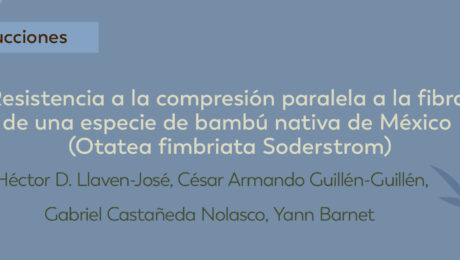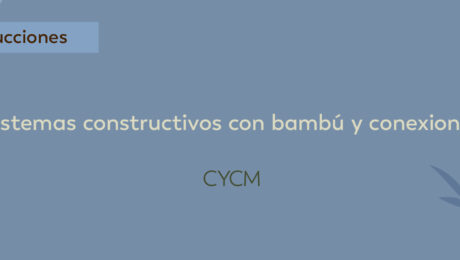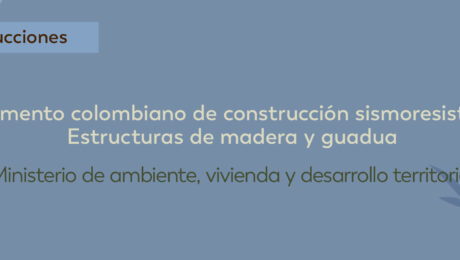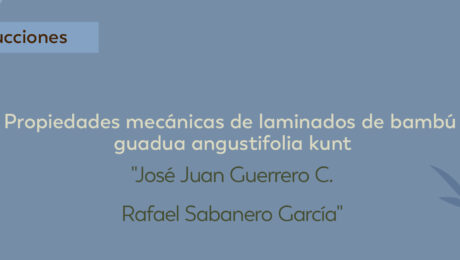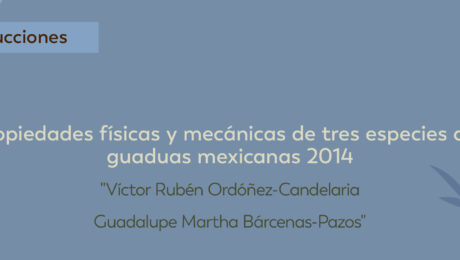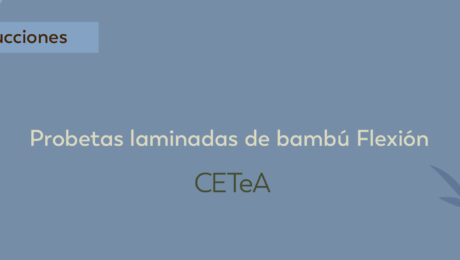EXPERIENCIAS CUBANAS EN EL DESARROLLO DE TABLEROS DE ASERRÍN-CEMENTO
lunes, 17 febrero 2025
- Published in BAMBÚTECA, Construcciones
Sistemas constructivos con bambú y conexiones
domingo, 16 febrero 2025
- Published in BAMBÚTECA, Construcciones
Reglamento colombiano de construcción sismo resistente: Estructuras de madera y guadua
domingo, 16 febrero 2025
- Published in BAMBÚTECA, Construcciones
PROPIEDADES MECÁNICAS DE LAMINADOS DE BAMBÚGUADUA ANGUSTIFOLIA KUNT
domingo, 16 febrero 2025
- Published in BAMBÚTECA, Construcciones

